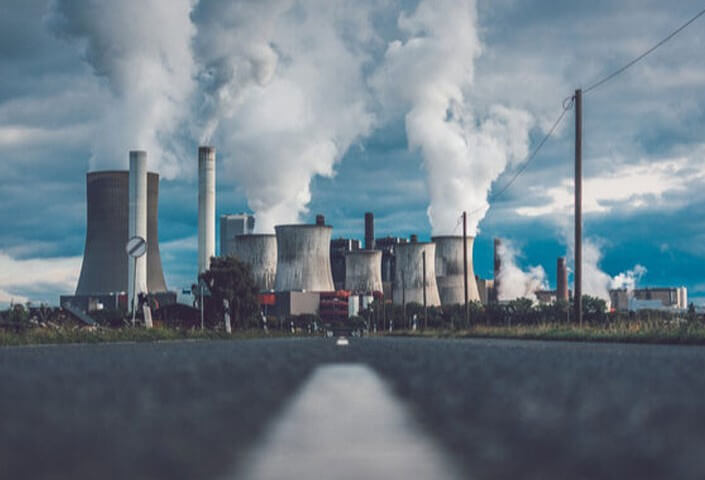Since 2021, China's steel sector has invested close to $100 billion in new coal-fired steelmaking capacity, according to a climate think tank, despite China's overcapacity, low profitability, and China's commitment to reduce carbon emissions.
Steel companies have received permits from provincial governments to build a huge amount of new coal capacity between 2021 and the first half of 2023, including 119.8 Mtpa of blast furnaces (BF) and 76.6 Mtpa of oxygen furnaces. (BOFs), according to a report published by the Helsinki Center for Energy and Clean Air Research (CREA) on Tuesday.
According to CREA, by the time these plants are fully operational around 2025, their carbon emissions will will be roughly equal to all emissions from the Netherlands, which emitted more than 140 million tons of greenhouse gases in 2021.
New plants also risk becoming orphan assets as China's goal of achieving carbon neutrality by 2060 requires an early decommissioning of steel coal-fired industries and requires the steel sector to peak emissions by the end of this decade. The steel sector is responsible for 15 to 20 percent of China's greenhouse gas emissions annually, second only to the energy sector, which accounts for about half of the nation's carbon emissions, according to China's National Bureau of Statistics.
“Crude steel production in China China has declined since 2021 due to government control of production and reduced demand for processing,” analysts Shen Xingyi and Lauri Mülliwirth said in a report. “However, new investments in metallurgical capacities have not yet adapted to the new realities.





